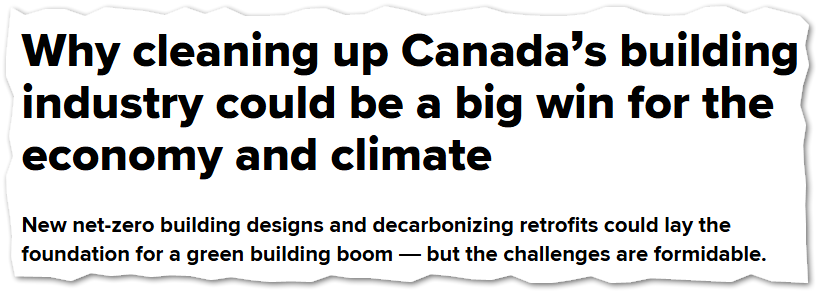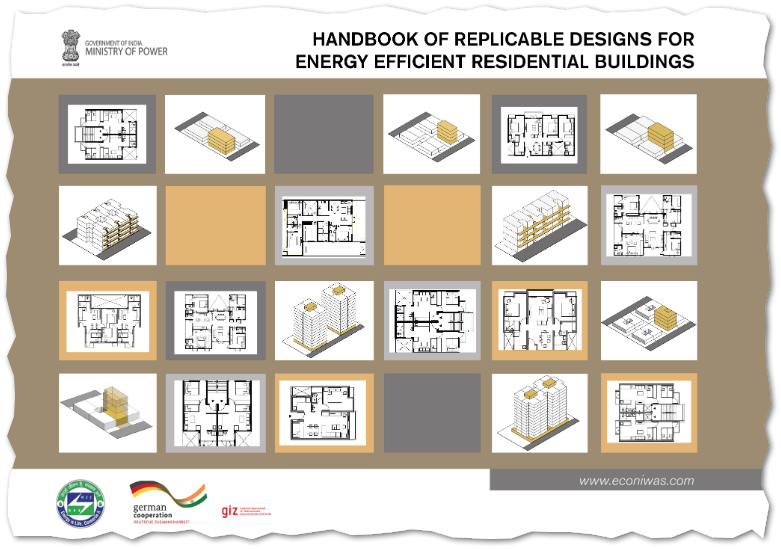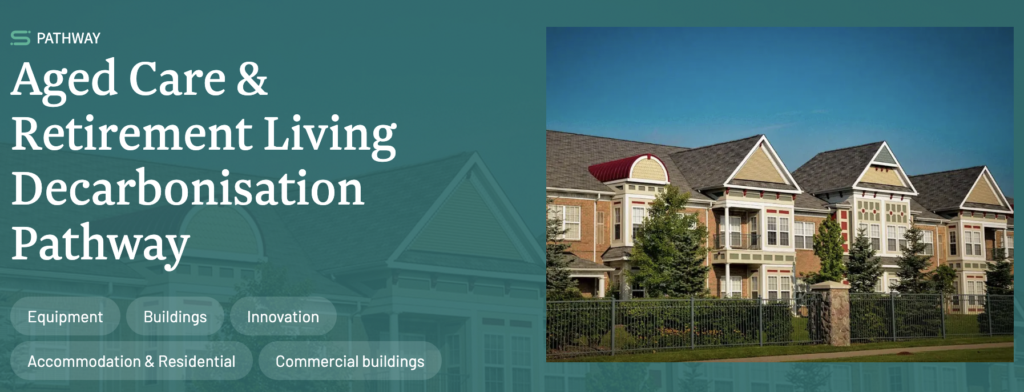EECA, the Energy Efficiency and Conservation Authority, launched a valuable resource in 2023 to support the aged care and retirement living sector on its decarbonisation journey. The suite of tools and resources, developed with input from the sector, aims to help reduce emissions across the sector. We’ve worked with several retirement community providers in the past and I wish these …
Understanding Our Energy Use: The RBS as a Foundation

When we talk about how much energy our homes in Australia and New Zealand consume, chances are the data underpinning those discussions comes from the Residential Baseline Study (RBS). As highlighted in the recent methodology report for the 2021 update (RBS2.0), this study is a bottom-up engineering, end-use energy model of our residential sectors. Essentially, it builds up a picture …
Canada tackles the massive task of greening its buildings

We often look to other countries for examples and lessons learned in the push towards sustainable buildings. A recent article in Canada’s National Observer (July 2024) highlights the significant challenge and opportunity facing Canada in transforming its building industry to meet net-zero targets by 2050. The built environment, including construction, materials, and operations, accounts for nearly 30% of Canada’s greenhouse …
Heat Pump Hot Water Heaters: They Move Heat, So Think About Where That Cold Air Goes!

We’re seeing more and more folks making the smart switch to heat pump water heaters (HPWHs) to slash those energy bills – and rightly so, especially if you’re a hot water fiend. But a recent Insight from the legendary Dr. Joseph Lstiburek serves as a crucial reminder: these aren’t your grandma’s resistance element heaters. Think about it: heat pumps pump …
Mapping residential heat demand and resulting emissions

This is a new paper by Jack et al looking at how residential space heating and hot water varies across New Zealand regions with a focus on the amounts and carbon emissions. The idea is that by knowing where the higher carbon emissions are located and what’s going on we could focus on these higher carbon items first. To do …
Palmerston North’s first Passive House

Heartland city Palmerston North now has its very first certified Passive House project, Hokowhitu Passivhaus. It’s notable for a highly-engaged homeowner, a skilled registered architect and a conscientious building team. None of them had prior experience with Passive House but they did choose a very experienced Passive House designer and altogether it went very smoothly. Read on to admire the …
Electrification is the future (and the future is now)

While electrification will drive up electrical consumption, it will simultaneously lead to a vast decrease in overall energy demand. This is primarily because of the far greater efficiency of electric appliances and vehicles compared to their fossil fuel counterparts. If we can successfully make this nationwide shift, it has the potential to fix a lot of our energy-related issues, from …
Replicable design for energy-efficient homes in India

It’s interesting to see how other nations tackle energy efficiency in buildings. The Bureau of Energy Efficiency (BEE)’s Handbook of Replicable Designs for Energy Efficient Residential Buildings in India provides standardised and practical design templates aimed at reducing energy use in Indian homes. It does this by working through Passive House design strategies tuned for Indian climates. The notable difference …
Assessing feasibility of commercial PV generation

EECA recently published guidance for businesses weighing up commercial PV generation. As always, the devil lies in the detail, and understanding the methodology used to assess the viability of solar energy is important for businesses weighing up possible on-site PV generation. The report, Commercial-scale solar in New Zealand: Information for businesses considering investing in solar energy highlights several crucial considerations. …
